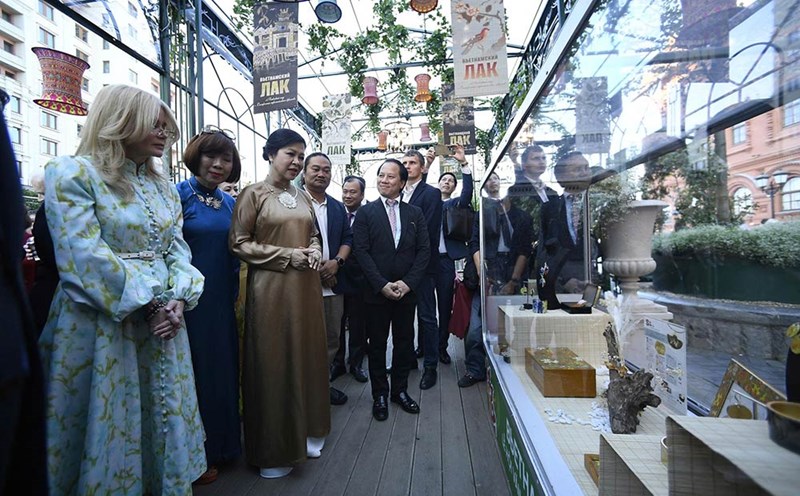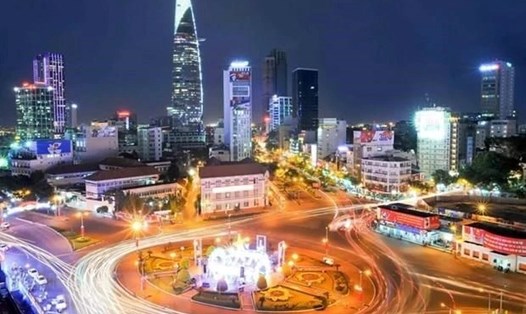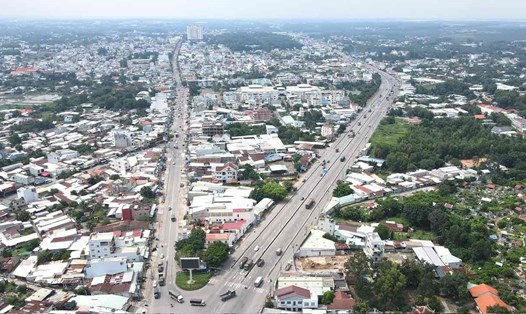boldly taking a shortcut to get ahead
Some private enterprises have recently boldly taken a shortcut to take the lead, ready to invest in research and development of airport urban areas, in which, T&T Group Joint Stock Company proposed the idea of planning the combination of aviation - logistics - services - trade and urban areas of Quang Tri airport.
According to T&T's consulting unit, after studying the context, location and potential of Quang Tri province, the consulting unit proposed to plan important subdivisions in the Southeast Quang Tri Economic Zone, including: Industrial and energy complex, seaports, eco-tourism urban areas, modern rural areas and airport areas.
The consulting unit also proposed 2 preliminary options. Accordingly, using 3,400 hectares of developed land around the airport, 8 sub-areas are formed, including: 5 functional areas and 3 urban areas. The consulting unit believes that the industrial production ecosystem, seaport logistics and energy complex with large-scale industrial areas will promote the competitiveness of the eastern economy of Quang Tri province based on shipping.
In addition, air transport will help improve competitiveness for finished industrial production, finished industrial production industries, industries producing products sensitive to transportation time, competitiveness in production and export...
Another airport urban expectation that needs to be mentioned is Long Thanh airport urban area. Dong Nai Provincial People's Committee said that the idea of developing Long Thanh airport urban area has been cherished for a long time. Recently, the idea of the twin city model of Ho Chi Minh City and Long Thanh Aerotropolis was the main idea of the project and was awarded the First Prize by the " long Thanh Airport Urban Master Plan Ideas, Dong Nai Province and surrounding areas" by the Admissions Council.
The overall planning of Long Thanh Airport urban area and surrounding areas includes more than 57,000 hectares, of which Long Thanh Airport urban area occupies the largest area, more than 43,000 hectares. The proposed unit believes that Aerotropolis is a transformative urban development model, placing airports at the center of economic development.
Taking advantage of aviation infrastructure
Experts say that the development of airport urban areas needs to take into account specific factors. Mr. Le Hoang Chau - Chairman of the Ho Chi Minh City Real Estate Association (HoREA) - said that in the past, in many countries, airports were often relocated outside, not located in urban centers due to noise and many specific problems related to airport operations. Therefore, the development of urban airports is not simply urban areas, but development associated with airport infrastructure.
According to Mr. Le Hoang Chau, for Long Thanh airport, the current problem is to develop it into an urban strip, a network of connections at different levels, with the prerequisite being to ensure smooth transit traffic between Long Thanh and satellite cities.
Mr. Le Hoang Chau added that promoting urbanization associated with housing development will serve the staff working at airports, workers, and hotel and accommodation services. When forming destinations, it is necessary to solve the problem of logistics and effective traffic connection to Long Thanh, thereby aiming for sustainable development and turning this area into a satellite city of Ho Chi Minh City
Dr. and architect Ngo Viet Nam Son - a member of the Vietnam Urban Planning and Development Association VUPDA - said that not every place can develop airport urban areas. Airport urbanism means that how an airport is connected to an urban area must have a synchronous, comprehensive, and multidimensional calculation to bring the most efficiency.
Airport urban area is a new concept in the 21st century and is understood completely differently from urban living next to an airport. Not only the infrastructure connecting multiple vehicles inside and outside the airport, the airport urban area also has enough commercial and entertainment office services in the 5-10km radius area. Therefore, in the coming time, Vietnam needs to study airport areas with potential to develop the city in a harmonious and sustainable way.









